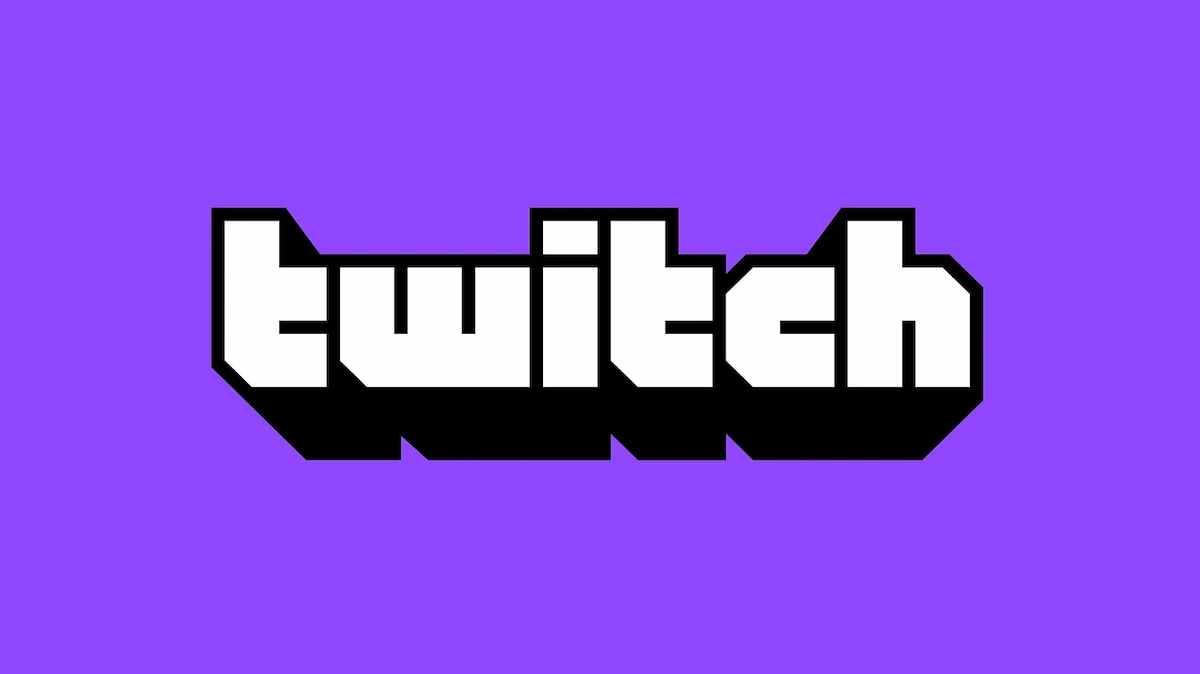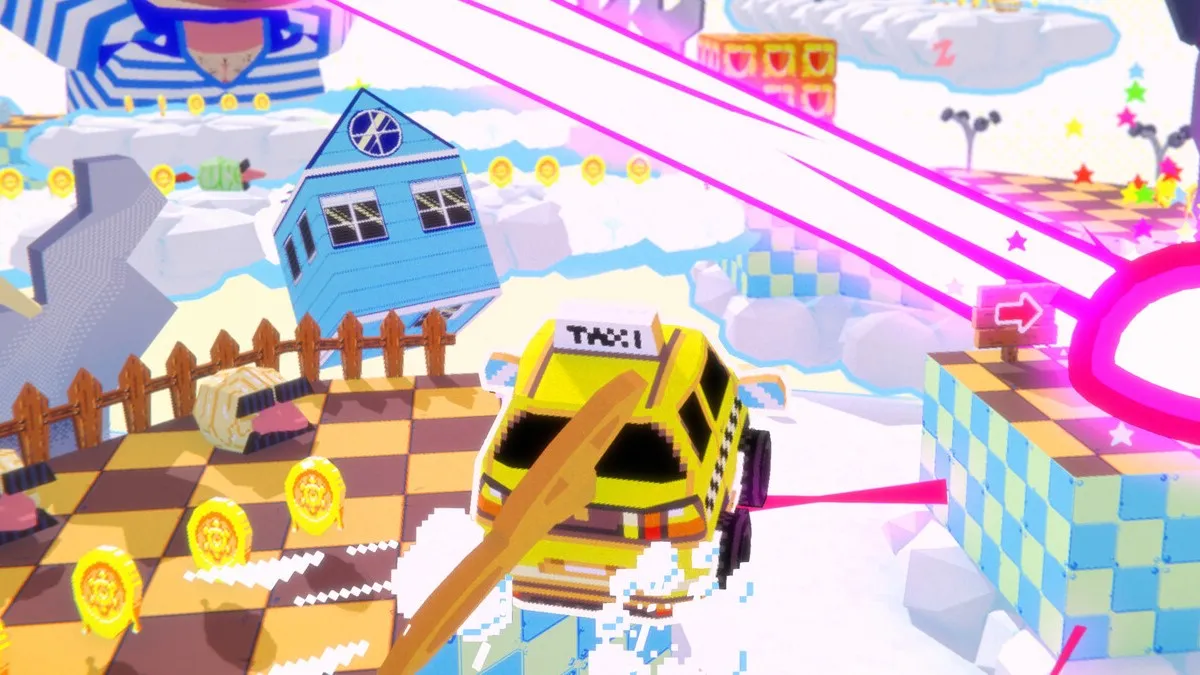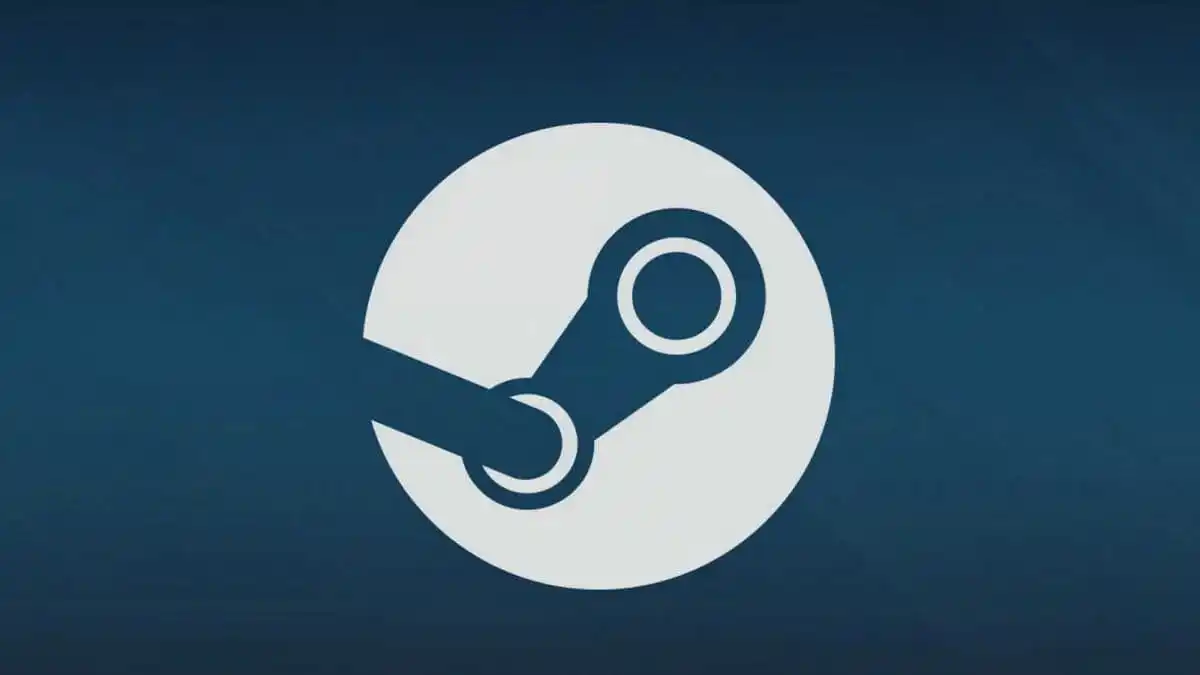Thunder was arguably the most changed character from the original Killer Instinct to the Xbox One remake. Every character in the original KI had a rushdown style of play. In the new version, Thunder was turned into a grappler. These two very different styles and the loss of Thunder’s trademark Phoenix projectile attack created a character that was classic in origin, but completely new in every other aspect.
While Thunder was a force in the right hands, many people had trouble tapping into what made Thunder so threatening. The new changes in the season two rebalance should help Thunder players get an easier grasp on the character, while giving him a few new tricks as well.
Here’s the official change log for Thunder:
- Light Sammamish has bit more vertical travel.
- Skyfall is now considered a special move instead of a command normal.
- Every character’s reaction to Back Throw is now identical in duration so that Thunder can manual properly.
- The low crush effect of Ankle Slicer is more reliable now, and it is less negative on block.
- Medium Sammamish now hits two frames earlier, in the same number of frames as Light Sammamish.
- When performing a manual after back throw, Thunder automatically moves in a bit to ensure that the intended combo works against all characters.
- Fixed all instances that caused Thunder to miss with Shadow Call of Earth following a Back Throw.
- Opponents who are locked out can no longer tech out of Thunder’s Back Throw.
- New command move: Call of Sky
The changes to Skyfall and Sammamish aren’t all that significant. The light version of Sammamish will be slightly easier to punish if you ignore the Skyfall follow-up, but it should work a little better as an anti-air attack since it covers a bit more vertical distance. The medium Sammamish executes faster, which should also make it a better anti-air attack, but makes it more useful overall.
Thunder’s Ankle Slicer changes should have a bigger impact on his play style than almost any other season two adjustment. It’s more reliable when it comes to crushing low attacks, which means Thunder shouldn’t get interrupted as frequently when using it for that purpose. In season one it was fairly common to see Thunder get poked out of the Ankle Slicer by a random low attack, so having that adjustment helps Thunder stay on the offensive. You can now follow an attack that’s safe with an Ankle Slicer if you predict the opponent will follow with a low attack.
In addition, the Ankle Slicer is now safer when blocked. Most characters could punish every version of the Ankle Slicer, which made it a risky attack. While the new frame data wasn’t readily available, the light Ankle Slicer should be completely safe at maximum range. At close range it will likely only be punishable by two-frame special moves such as Jago’s Tiger Uppercut. This once again makes the Ankle Slicer far more useful for Thunder players.
The changes to Thunder’s Back Throw are also significant. In season one it wasn’t a reliable combo tool. Now that all follow-ups are fixed so they connect, and the Back Throw can no longer be teched (escaped) during a lock out, it becomes far more reliable. The KV of the Back Throw hasn’t been changed, which means that combos will still be limited with a Back Throw opener, but at least now Thunder players can manual or Shadow Call of the Earth after a Back Throw and not have to worry about the attacks missing.
What may be the biggest change to Thunder in the season two rebalance is the addition of a new Call of Sky projectile. While it’s not Thunder’s missing Phoenix projectile, it should give Thunder players considerably more versatility at long-range. It’s stated in the patch notes that the attack has a long startup and recovery, but when using this attack that seems to be a bit of an overstatement. As long as the opponent isn’t in close proximity to Thunder, the attack is difficult to punish, especially without meter (which is harder to come by after the rebalance).
The best use of Call of Sky is as an anti-air attack. It has exceptional tracking ability, which means it’s fairly easy to punish an opponent who jumps from a distance. Spacing is going to be key when using Call of Sky. For instance, if you stay at the maximum range of Shadow Call of the Earth, an opponent has to be ready to jump and will sometimes preemptively jump. In season one Thunder didn’t have a good way to punish this aside from a risky heavy Sammamish. Now Thunder can use Call of Sky to keep an opponent in check. If they jump, it’s a guaranteed hit. If they remain grounded, Thunder is still safe in most situations.
If an opponent backs away to full screen where Thunder is least effective, Call of Sky allows him to continue his offensive pressure. While it won’t compete head-to-head with Jago’s Endokuken projectile, it’s fast enough to prevent an opponent from just staying across the screen. The opponent is forced to block the attack so long as Thunder doesn’t get predictable with it. Blocking Call of Sky gives Thunder a decent amount of meter, which is key to his best attacks.
From what we’ve seen, Call of Sky is a welcome addition to Thunder’s arsenal and should prevent players from playing runaway the entire match.




